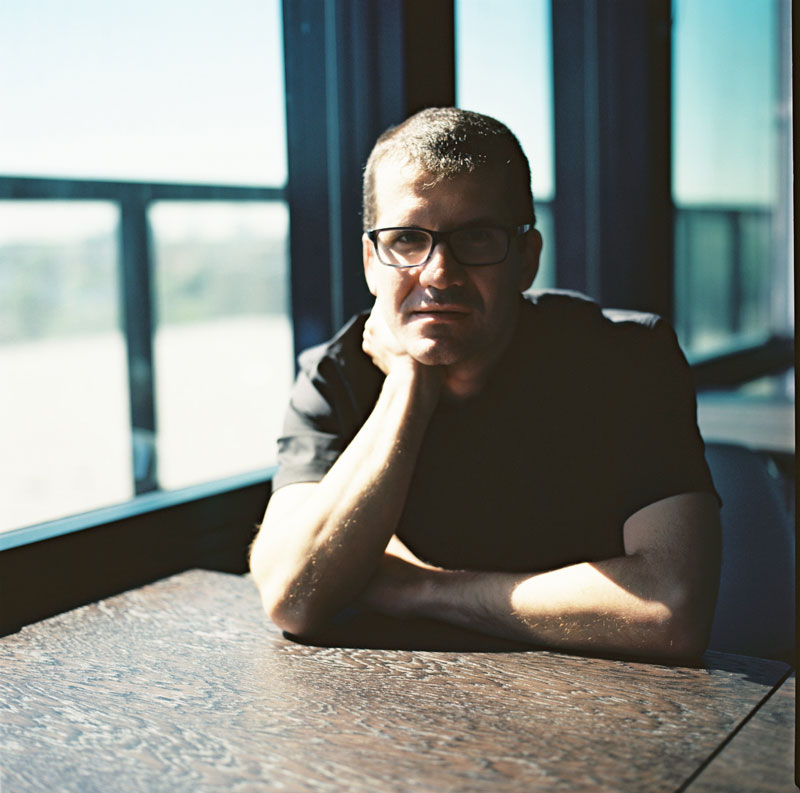The Deep Mind of Oriol Vinyals (M.A. ’09)
In a machine-versus-man match up in the video game StarCraft II, an artificial “agent” was able to learn how to reach grandmaster level with all three alien races in the game. Machines have also learned how to correctly identify objects and activities in an image and how to translate human speech.

That’s due in large part to the work of Oriol Vinyals, who is pushing the boundaries of how deep machine learning can go.
As a principal scientist/director at Google DeepMind in London, Vinyals is the brain behind some of the most important papers and ideas that have happened in artificial intelligence (AI).
His research has been cited over 50,000 times and “he is truly one of the most brilliant and impactful minds in deep learning,” said Lex Fridman as he introduced Vinyals in a segment for his “Artificial Intelligence” podcast.
Vinyals has been a key contributor to machine translation that drives Google Translate, to WaveNet, which is text to speech generation used by Google Assistant, and to the AlphaStar project, where an AI defeated human professionals in a game of StarCraft. The agent, known as AlphaStar, also reached grandmaster level when playing online, according to an article published October 30 in the journal Nature. This work led Vinyals to be named among the top 35 innovators under 35 for 2016 in the MIT Technology Review. He also won the AI breakthrough of the year in 2014 in the MIT Technology Review for a paper he led on image captioning.
Vinyals’s accomplishments in the world of AI are as varied as the roads he took to arrive at Google DeepMind in London. And central to the success of Vinyals, a native of Spain who also studied at Carnegie Mellon University in Pittsburgh and UC Berkeley, is his time as a CSE student at UC San Diego.
“Professionally, some of the classes that I took, even though they weren’t necessarily aligned with my main interests in AI, actually broadened my view in the field,” he says. A computer architecture class he took allowed him to understand a part of computer science he didn’t really study as an undergraduate student in Spain, where he studied mathematics and telecommunication engineering.
“As a result of that, my team at DeepMind is now driving multiple efforts at the intersection of machine learning for computer systems,” he says. Previously, Vinyals was a research scientist at Google Brain where he worked in deep learning.
Notes the MIT Technology Review in their story featuring Vinyals as one of their top young innovators, “And now, having joined the team at Google DeepMind in London, he has come full circle. There, he is working to create computers that can teach themselves how to play and win complex games—not by hard-coding the rules but by enabling them to learn from experience.”
While at CSE, Vinyals also had the opportunity to interact with Roger Levy, a former professor in the Department of Linguistics who introduced him to Natural Language Processing, a topic which later became central in Vinyals’ career. He notes how a paper he co-authored, “Sequence to Sequence Learning with Neural Networks,” essentially changed how machine translation is done, both at Google and in most technology companies, with neural networks.
His experience as a UC San Diego CSE student shaped him in personal ways as well. “I did spend most of my time at the international house where friendships were created that stood the test of time,” he says, remarking that he’s been able to reconnect with friends from UC San Diego who are visiting London.
Vinyals also says he is “far more extroverted today, which allows me to give lectures in front of thousands of people (or millions), lead a team of brilliant researchers, or have deeply engaging discussions with CEOs and worldwide influencers and leaders in technology.”
Last but not least, he says being close to the Mexico border at UC San Diego allowed him to participate in a program with other students where they travelled across the border to Tijuana and Mexicali to experience the hardship of those who are deported and become immersed in the communities that are trying to make life in Mexico better.
“The experience definitely shaped my view of the world, and hopefully helps me be a better person, and make a tiny contribution to make the world a better place,” he says.





